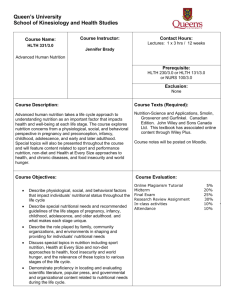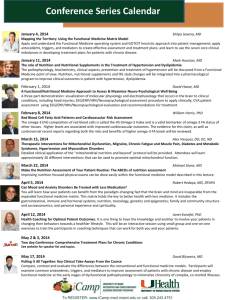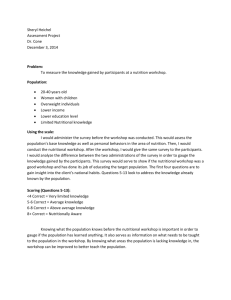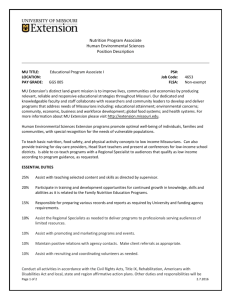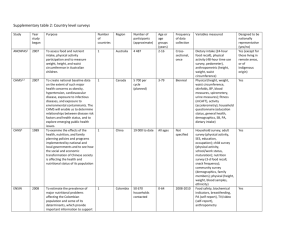Food&Nutrition Note
advertisement
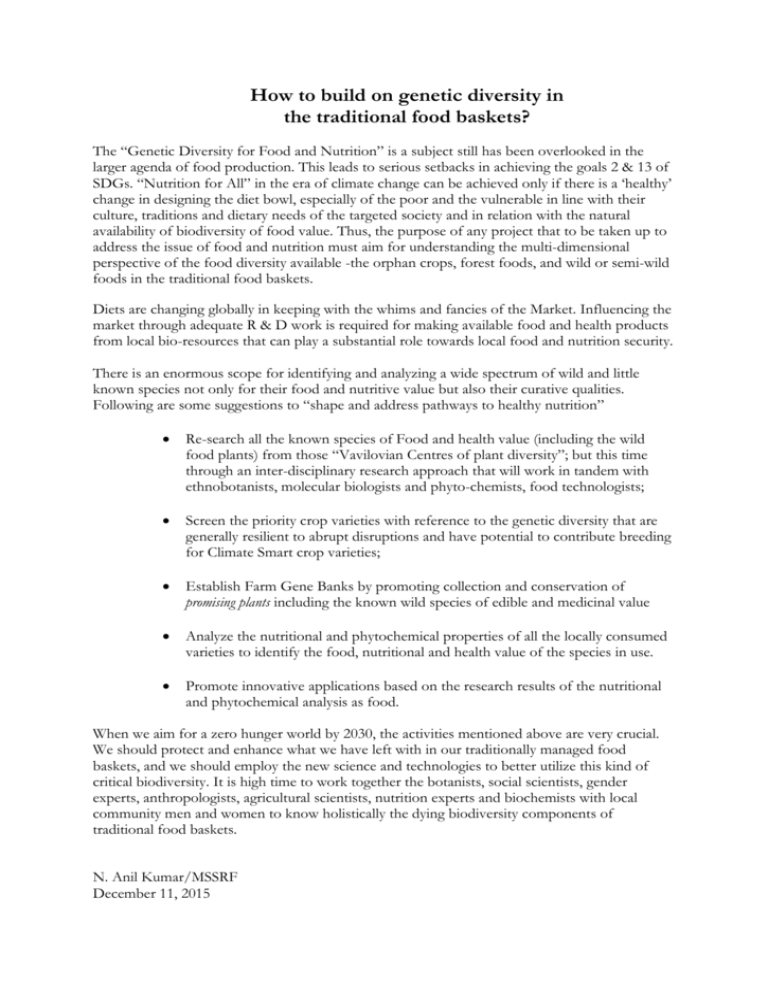
How to build on genetic diversity in the traditional food baskets? The “Genetic Diversity for Food and Nutrition” is a subject still has been overlooked in the larger agenda of food production. This leads to serious setbacks in achieving the goals 2 & 13 of SDGs. “Nutrition for All” in the era of climate change can be achieved only if there is a ‘healthy’ change in designing the diet bowl, especially of the poor and the vulnerable in line with their culture, traditions and dietary needs of the targeted society and in relation with the natural availability of biodiversity of food value. Thus, the purpose of any project that to be taken up to address the issue of food and nutrition must aim for understanding the multi-dimensional perspective of the food diversity available -the orphan crops, forest foods, and wild or semi-wild foods in the traditional food baskets. Diets are changing globally in keeping with the whims and fancies of the Market. Influencing the market through adequate R & D work is required for making available food and health products from local bio-resources that can play a substantial role towards local food and nutrition security. There is an enormous scope for identifying and analyzing a wide spectrum of wild and little known species not only for their food and nutritive value but also their curative qualities. Following are some suggestions to “shape and address pathways to healthy nutrition” Re-search all the known species of Food and health value (including the wild food plants) from those “Vavilovian Centres of plant diversity”; but this time through an inter-disciplinary research approach that will work in tandem with ethnobotanists, molecular biologists and phyto-chemists, food technologists; Screen the priority crop varieties with reference to the genetic diversity that are generally resilient to abrupt disruptions and have potential to contribute breeding for Climate Smart crop varieties; Establish Farm Gene Banks by promoting collection and conservation of promising plants including the known wild species of edible and medicinal value Analyze the nutritional and phytochemical properties of all the locally consumed varieties to identify the food, nutritional and health value of the species in use. Promote innovative applications based on the research results of the nutritional and phytochemical analysis as food. When we aim for a zero hunger world by 2030, the activities mentioned above are very crucial. We should protect and enhance what we have left with in our traditionally managed food baskets, and we should employ the new science and technologies to better utilize this kind of critical biodiversity. It is high time to work together the botanists, social scientists, gender experts, anthropologists, agricultural scientists, nutrition experts and biochemists with local community men and women to know holistically the dying biodiversity components of traditional food baskets. N. Anil Kumar/MSSRF December 11, 2015


